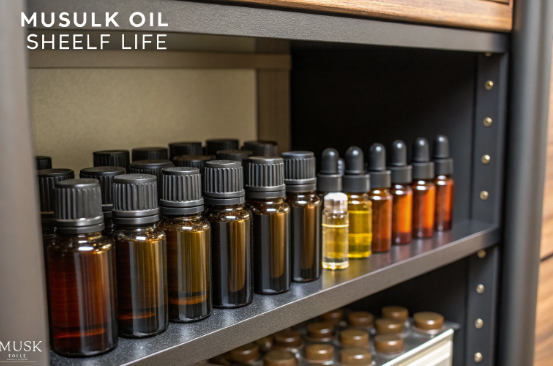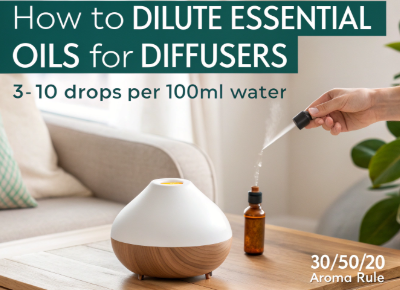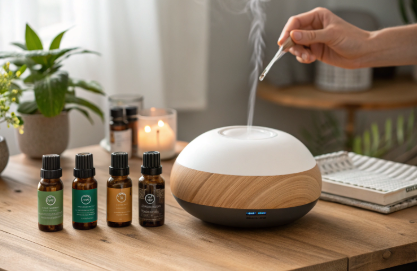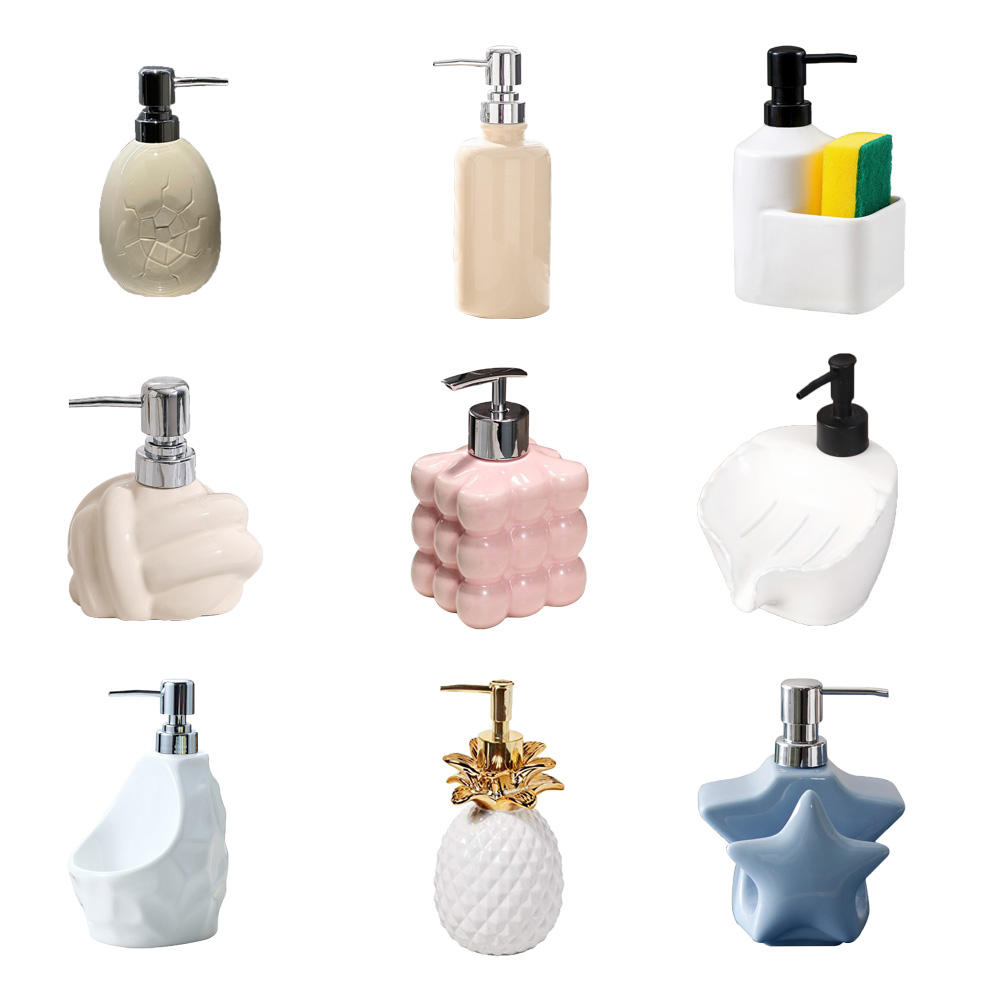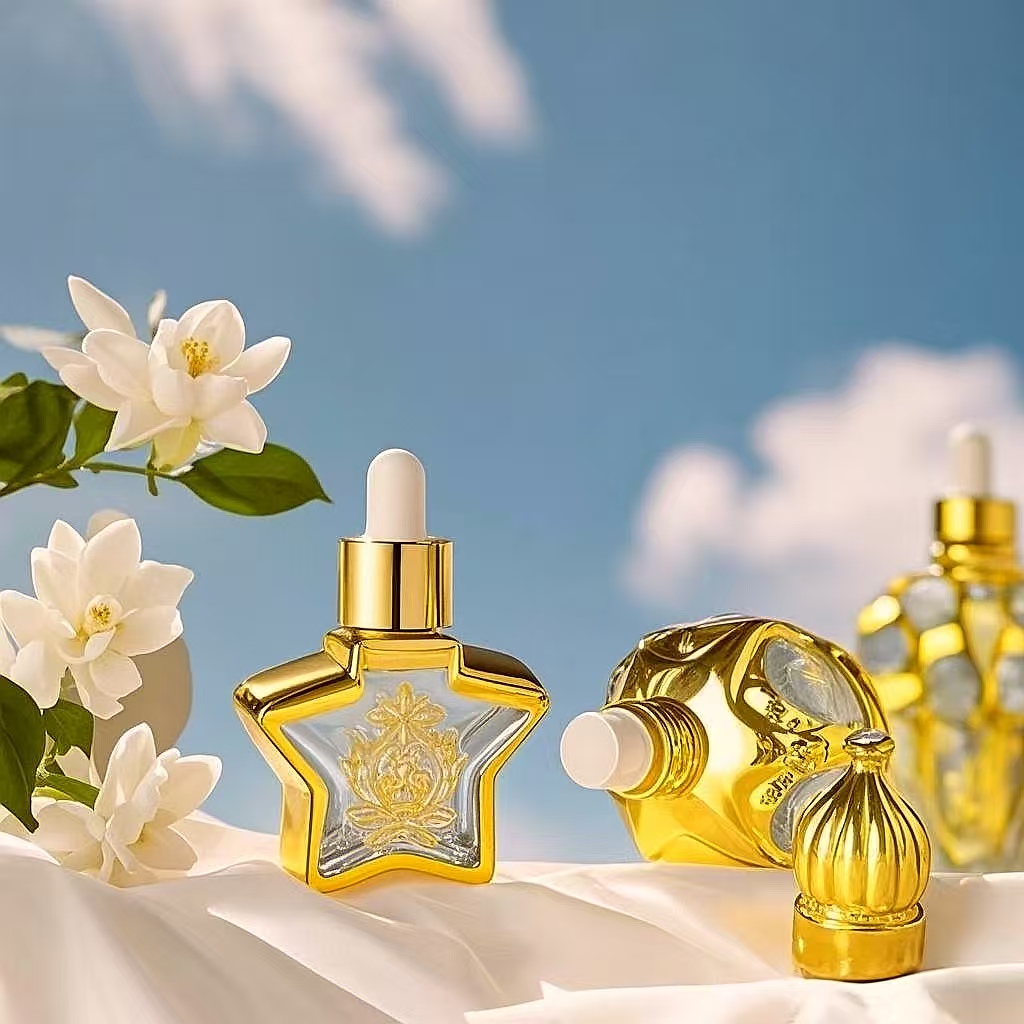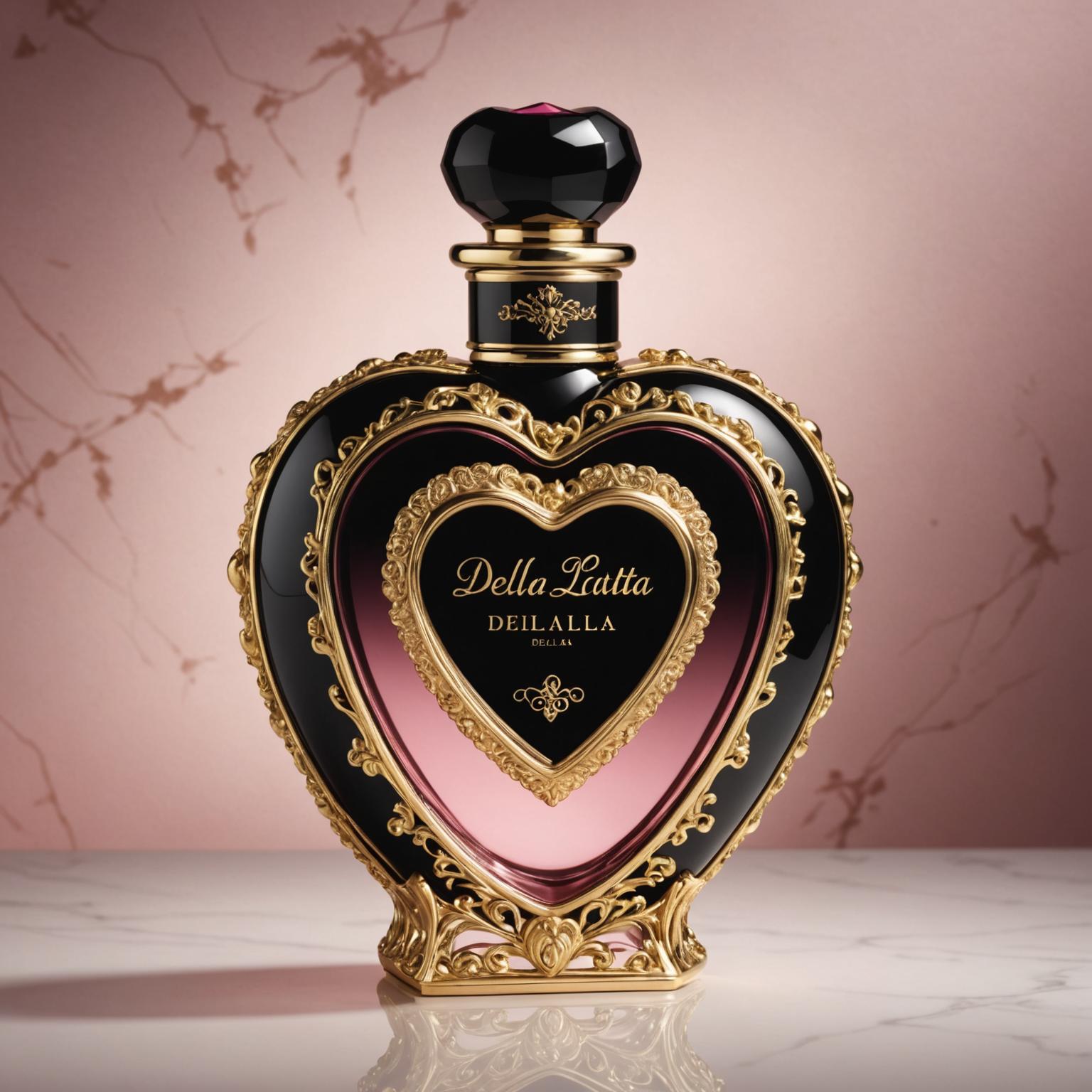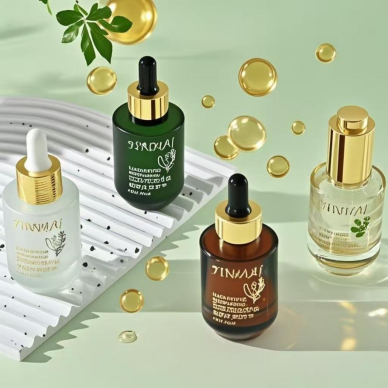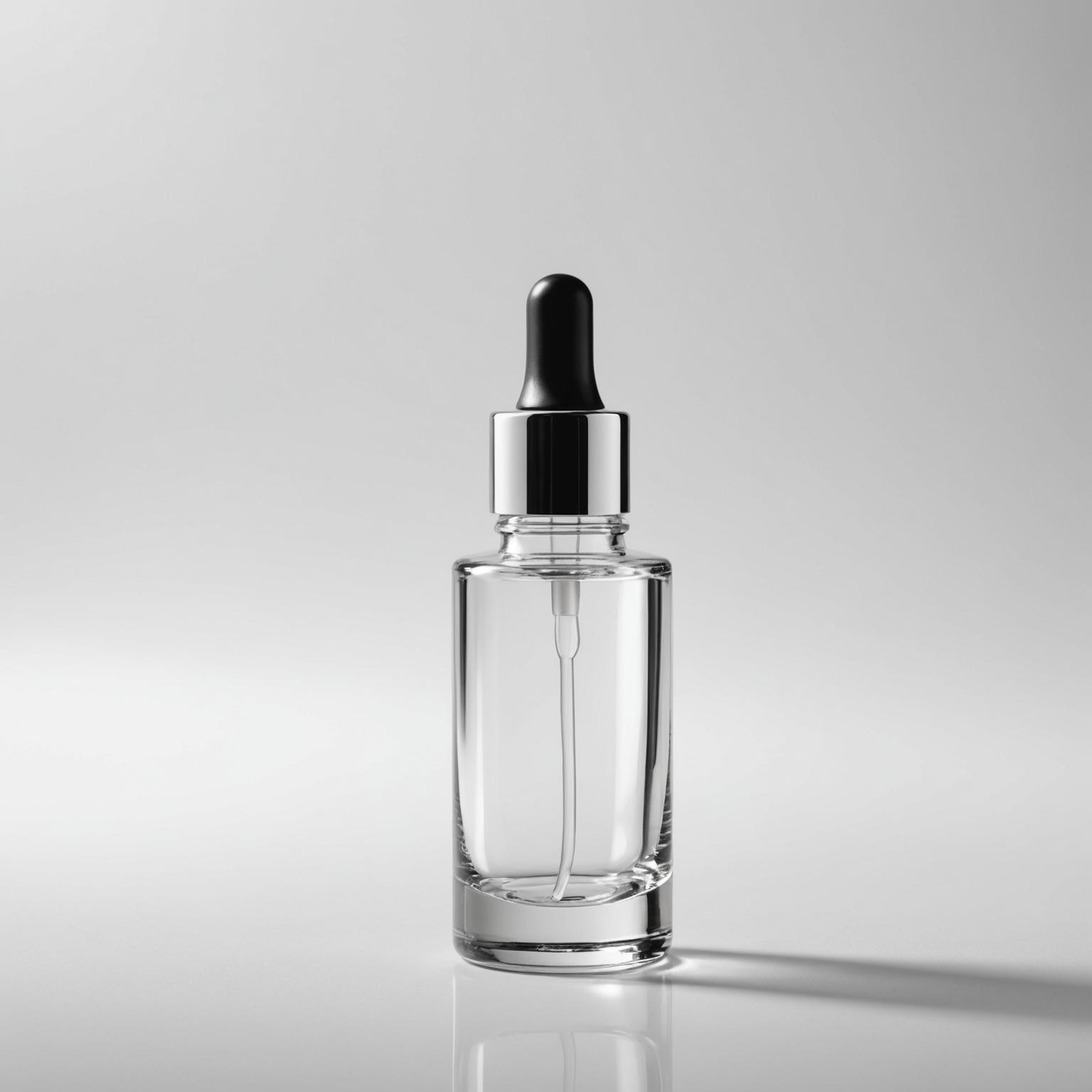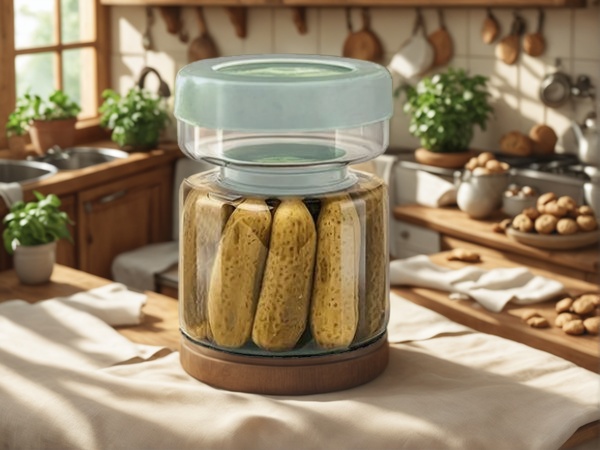Want the perfect aroma without overwhelming your senses—or your space? Dilution is key. While essential oils are powerful on their own, using them correctly in a diffuser requires balance, not brute strength.
To dilute essential oils for a diffuser, add 3–10 drops of oil per 100 ml of water, depending on room size, diffuser type, and oil strength. Always follow the manufacturer’s guidance.
Let’s explore how to blend effectively, create safe diffusion experiences, and apply the popular 30/50/20 rule for beautiful aromatic balance.
What is the 30 50 20 rule for essential oils?
The scent pyramid is your blending blueprint.
The 30/50/20 rule is a fragrance blending guideline: 30% top notes, 50% middle notes, and 20% base notes. This helps create a well-balanced, layered aroma when diffusing essential oils.
Dive Deeper: Why This Rule Matters in a Diffuser
Each note evaporates at a different rate:
-
Top notes (30%): Citrus, mint – first impression, fade fastest
-
Middle notes (50%): Lavender, rosemary – heart of the blend
-
Base notes (20%): Sandalwood, patchouli – last the longest
Example for a 5-drop diffuser blend:
-
2 drops lavender (middle)
-
1.5 drops lemon (top)
-
1 drop cedarwood (base)
-
0.5 drop peppermint (top)
At PauPack, we help brands pre-blend essential oil collections using this structure, ideal for gift kits or ready-to-use diffuser oils.
What is the ratio of essential oils to water in a diffuser?
Don’t guess—measure for best results.
The standard ratio is 3–10 drops of essential oil per 100 ml of water in most ultrasonic diffusers. Adjust based on room size, oil potency, and desired strength.
Dive Deeper: Customize Based on Setting
| Room Size | Recommended Drops (per 100ml) |
|---|---|
| Small (bedroom, office) | 3–5 drops |
| Medium (living room) | 5–8 drops |
| Large (open space) | 8–12 drops |
Some oils (like cinnamon or eucalyptus) are more intense—use fewer drops. Lighter scents (like grapefruit or lavender) may need more.
Pro tip: For stronger or therapeutic use, go up to 15 drops—but never exceed your diffuser’s max recommendation. PauPack can help brands design pre-measured droppers or fill lines to improve dosing accuracy for customers.
What do you mix with essential oils to make a diffuser?
Water is key—but not just any water.
To make a diffuser blend, mix essential oils with distilled or purified water. For reed diffusers, you’ll also need a carrier like alcohol or diffuser base oil.
Dive Deeper: Know Your Diffuser Type
1. Ultrasonic Diffuser
-
Uses water + essential oil
-
Add directly to diffuser reservoir
-
Shake bottle before use if oils are pre-mixed
2. Nebulizing Diffuser
-
Uses pure essential oil
-
No dilution needed—but more oil consumption
3. Reed Diffuser
-
Requires base (alcohol or DPG) + essential oil
-
Typical ratio: 70% base to 30% oil
| Diffuser Type | Mix Ingredients |
|---|---|
| Ultrasonic | Distilled water + EO |
| Nebulizing | 100% EO (no carrier) |
| Reed | Carrier oil or alcohol + EO |
At PauPack, we supply packaging tailored to each diffuser type—misting caps, glass reeds, pour-spouts, and ready-to-fill blend bottles for consumer ease.
What is the ratio of essential oils to carrier oils for diffuser?
This one's a trick question.
You typically don’t use carrier oils in ultrasonic diffusers, as they can clog the unit. Carrier oils are used in reed diffusers or topical blends, not water-based diffusion.
Dive Deeper: Carrier Oils ≠ Diffusion
Carrier oils like jojoba or fractionated coconut oil are thick and do not evaporate well—making them unsuitable for:
-
Ultrasonic diffusers
-
Nebulizers
But they’re perfect for:
-
Roll-on blends
-
Skin-safe dilution
-
Reed diffusers (if using base oil)
| Use Case | Add Carrier Oil? |
|---|---|
| Ultrasonic diffuser | ❌ |
| Reed diffuser (oil base) | ✅ |
| Topical roll-on blend | ✅ |
PauPack offers packaging for both water-based and oil-based diffuser solutions—helping brands avoid user confusion and device damage.
Conclusion
To dilute essential oils for diffusion, mix 3–10 drops with 100 ml of water, avoid carrier oils unless making a reed diffuser, and use note balancing for the best aroma. At PauPack, we help you deliver safe, scent-rich experiences with packaging and guidance your customers can trust.




